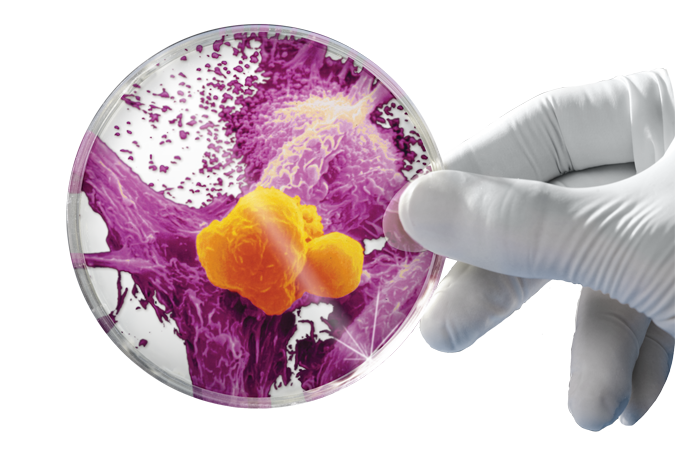Leukemia develops when DNA damage occurs in white blood cells, the cells that fight pathogens and protect the body from infection.
Leukemia is associated with several genetic abnormalities, including chromosome translocations ( shifting, rearranging of chromosomes ) and mutations. But how might did this DNA damage occur? Let’s explore.
Age. Up to 70% of leukemia cases are over the age of 50, which is enough to officially classify age as the biggest risk factor for developing leukemia. The reasons for this is that in older people, the chromosomes of white blood cells are more fragile than in younger people and thus are more susceptible to DNA damage. In addition, elderly people have a reduced ability to repair their DNA, due to altered metabolism which increases consumption of macronutrients and reduces that of micronutrients, causing malnutrition. These lowered levels of micronutrients can both cause leukemia and limit the body’s ability to repair the damaged DNA associated with the disease.
Nutrition. As mentioned before, a lack of micronutrients can be almost as risky as cigarette smoking in terms of cancer. A diet not including essential micronutrients like Vitamin B12, B6, and Folic Acid predisposes a high risk to leukemia. A deficiency in any of these micronutrients induces breakages in chromosomes and an impaired ability to repair these breakages. Leukemia can alo be a result of weight-loss diets or meat and protein-rich diets, the latter containing chemicals known to induce DNA damage.
Chemotherapy. Far from being a cure, chemotherapy may cause leukemia. Used as a treatment for a multitude of other cancers, chemotherapy often causes DNA damage, leading to leukemia. In fact, this treatment is recognized as a major cause of AML ( a type of leukemia ) in children. AML can also stem from treatment for breast cancer, ovarian cancer, Hodgkin’s Disease, and non-Hodgkin’s lymphoma, accounting for 20% of AML cases.
Radiation. Being exposed to high levels of radiation can cause leukemia-related DNA damage through chromosome translocations. The statistics prove this theory dead right, as the incidences of leukemia in the United States were high during and immediately after nuclear testing, and Utah experienced a five-fold increase inleukemia rates. Radiation exposure is mainly linked to acute and myeloid leukemia in children, and appears about 10 years after exposure.
Chemicals. Many chemicals are linked to developing leukemia, including benzene, herbicides, pesticides, and other chemicals used in agricultures. Even hair dyes contain chemicals that are associated with leukemia.
Smoking. Cigarette smoke contains numerous leukemia-causing chemicals. Those over 60 who smoke have a twofold increase in risk for AML and a threefold increase in risk for ALL ( another type of leukemia. )
Genetics. Children with Down’s Syndrome have an inordinately higher risk ( 10-20 times ) of developing leukemia than those without the condition. However, this extends into adulthood and is not solely confined to childhood years. Other inherited disorders associated with an inability to repair DNA damage, like Fanconi’s anemia and Bloom’s syndrome, also increase the patient’s chance of getting leukemia.
Viruses. “Acute T cell leukemia, a rather rare type of leukemia, is caused by infection of the human T cell leukemia virus ( HLTV ) – Human lymphotrophic virus-1 also causes leukemia in humans. HLTV proteins bind to lymphocytes that regulate cell growth and mess with their machinery, causing an uncontrolled explosion of cells related to leukemia. This type of leukemia is mainly found in Asia and certain parts of the Caribbean.”

























